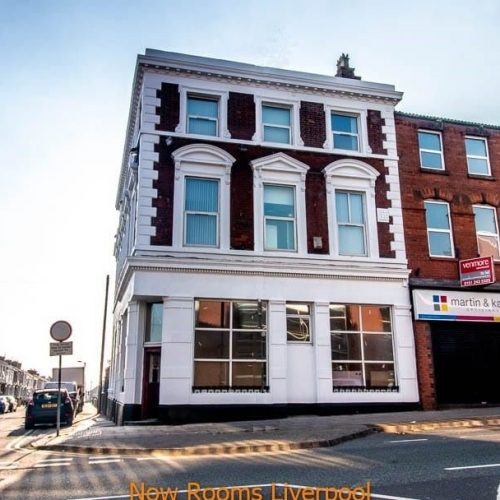Large Commercial buildings, such as offices, hotels, care homes and nurseries present significant opportunities to convert to HMOs. It isn’t uncommon for these buildings to be convert to 30 bedrooms in one unit. Even pubs can be converted to HMOs. Understanding HMOs of this size is important, particularly the configuration of the project before you buy it because refurbs on commercial buildings can get very expensive if the layout doesn’t work well for the building. That therefore dictates your purchase price and a deal can easily turn sour if you haven’t done your homework before you buy.

- 7 bedrooms or more
- Commercial buildings
- Offices, hotels, care homes, nurseries
- Planning permission required
- Licence required
- High cashflow
- Commercial Valuations
Enquire Now
Large Commercial buildings, such as offices, hotels, care homes and nurseries present significant opportunities to convert to HMOs. It isn’t uncommon for these buildings to be convert to 30 bedrooms in one unit. Even pubs can be converted to HMOs. Understanding HMOs of this size is important, particularly the configuration of the project before you buy it because refurbs on commercial buildings can get very expensive if the layout doesn’t work well for the building. That therefore dictates your purchase price and a deal can easily turn sour if you haven’t done your homework before you buy.
Configuration – hotels, B&Bs, and care homes present the best opportunity to easily convert into large scale HMOs due to their natural layout. Nurseries can generally have good layouts to carve into HMOs however those that come up for sale are normally on the small side of 7 to 10 beds. Offices are great because they come with permitted development at the moment so schemes designed around flat clusters can get through planning quickly.
From a tenant’s perspective, large HMOs of 10 bedrooms and more can feel institutionalised, so it’s important that for commercial conversions you must have sales features above and beyond the other HMO sizes. Certain features can include cinema rooms, games rooms, study rooms, laundry rooms all which give a bit more of a wow factor. Larger commercial HMO conversions can even include gyms and bars.
Investment management – These properties normally have high ceilings, long corridors, large stairwells so the net internal area can be lower than residential buildings. Therefore, heating bills can be significantly higher so it’s important to put good utility management systems in place. Also, with buildings going from commercial to a residential format there need to be a new rates assessment from the VOA and this may incur council tax banding by the room. Again, the configuration can help mitigate cost in this area.
Licencing – these are licenced HMOs, however if the property is configured as cluster flats you will need a licence for each flat. Four bed cluster flats will therefore produce must lower profits than six bed cluster flats.
Planning – these will require permission to convert to HMO and will go to C4 Sui-generis. From submitting the plans to the council it can, in our experience, take anywhere up to 5 months for an application to go through the full process. Sometimes these buildings come with mixed planning usage, like a bar at the front of the building and the council are protective of these “community” facilities. Some councils also have a policy where all HMO applications must go to a committee hearing where councillors will debate the merits of the application before giving final approval.
Property Valuations – the banks value these properties as investment vehicles just like a business, or a hotel or B&B. As such it is a multiple of the revenues that it generates and will vary depending on the revenues, the location, a red book value, tenant type, operating costs and of course the valuer who values it!
